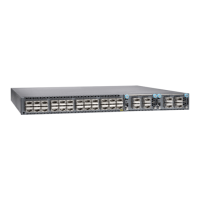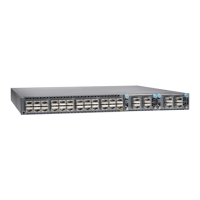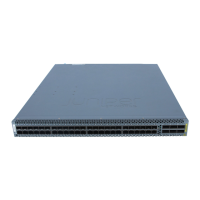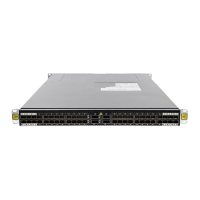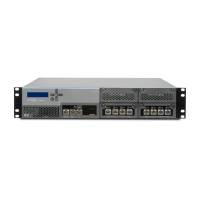CHAPTER 15
Replacing Transceivers and Fiber-Optic
Cables
•
Installing a Transceiver in a QFX Series Device on page 113
•
Removing a Transceiver on page 116
•
Connecting a Fiber-Optic Cable on page 119
•
Disconnecting a Fiber-Optic Cable from a Device on page 120
•
Maintaining Fiber-Optic Cables on page 121
Installing a Transceiver in a QFX Series Device
The transceivers for the QFX Series are hot-removable and hot-insertable
field-replaceable units (FRUs). You can remove and replace them without powering off
the device or disrupting device functions.
Before you begin installing a transceiver in a QFX Series device, ensure that you have
taken the necessary precautions for safe handling of lasers (see “Laser and LED Safety
Guidelines and Warnings for the QFX Series” on page 172).
Ensure that you have a rubber safety cap available to cover the transceiver.
To install a transceiver in the QFX Series:
CAUTION: To avoidelectrostatic discharge (ESD) damage to the transceiver,
do not touch the connector pins at the end of the transceiver.
1. Remove the transceiver from its bag.
2. Check to see whether the transceiver is covered by a rubber safety cap. If it is not,
cover the transceiver with a rubber safety cap.
WARNING: Do not leave a fiber-optic transceiver uncovered except when
inserting or removing a cable. The rubber safety cap keeps the port clean
and prevents accidental exposure to laser light.
113Copyright © 2017, Juniper Networks, Inc.
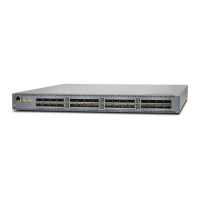
